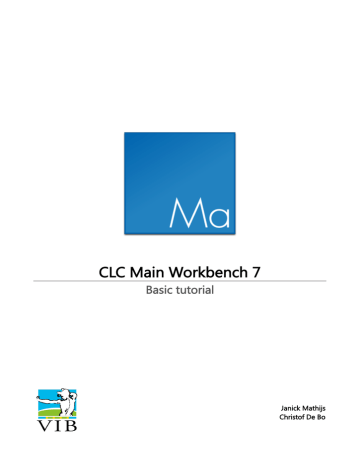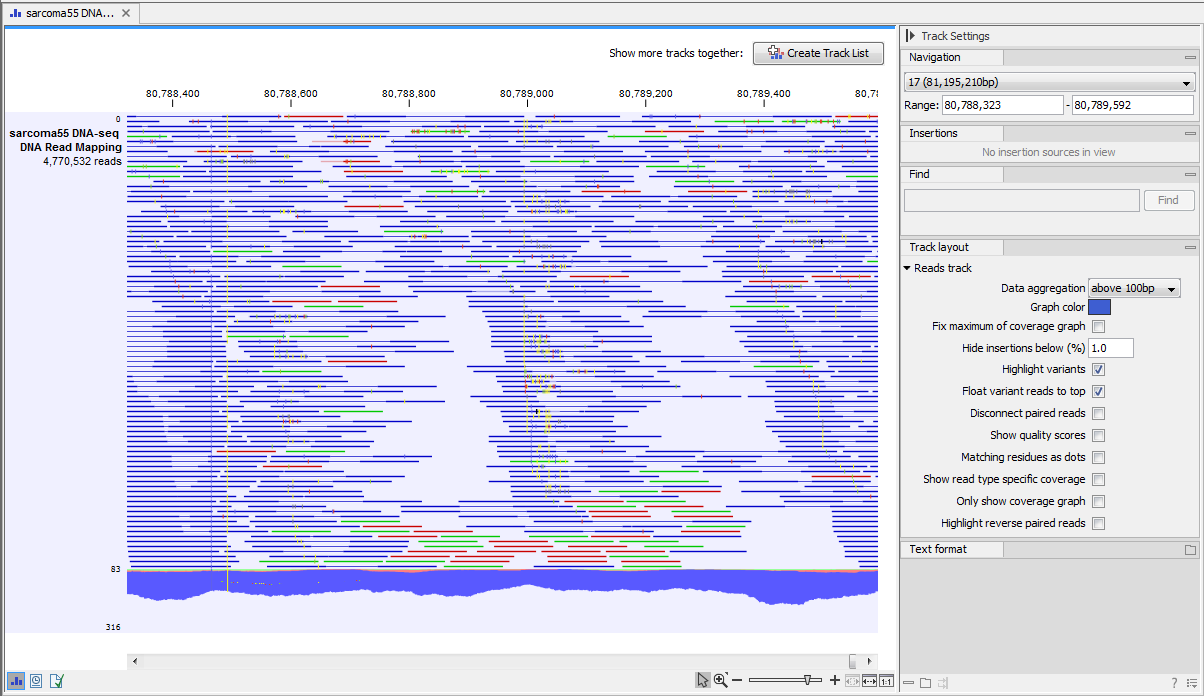

- #Search nucleotide sequence on clc main workbench install
- #Search nucleotide sequence on clc main workbench software

#Search nucleotide sequence on clc main workbench install
The majority of these tools are open source, but they can be difficult to learn, install and run some require an in-depth knowledge of computers.
#Search nucleotide sequence on clc main workbench software
Whatever your sequence analysis problem (assembling, aligning, annotating, folding, etc.), there is probably a program or online application to solve it-skim through the community-maintained list of bioinformatics software at to see what I mean. Today’s omics-obsessed scientific marketplace is overflowing with bioinformatics programs. For example, the journal article describing the basic local alignment search tool (BLAST), which allows a query nucleotide or amino acid sequence to be compared against a database of sequences, has been cited >50 000 times. Given the breadth and depth of questions that can be addressed with primary biological sequence information, many of these programs have become immensely popular. Not long after scientists started generating molecular sequence information, computer-savvy biologists and biology-savvy computer scientists began developing programs to analyse those data. Īnyone who has ever had something sequenced, such as a genome, transcriptome, gene or PCR product, or used nucleotide or protein sequence data in their research has probably dabbled in bioinformatics. It is also big business and intimately tied to another burgeoning industry-bioinformatics. NGS is now standard fare in almost all facets of life science research.

These irritating emails underscore an important point: massively parallel sequencing has arrived to the masses. And Macrogen, a South Korean sequencing conglomerate, dared me to race the HiSeq ‘Xpressway to the $1000 genome’. Illumina recently provided me with ‘a glimpse into the future of genomics’, just by clicking on their buyer’s guide. Yesterday, for example, Beckman Coulter kindly offered to ‘take the stress out of sequencing’ for only a few thousand dollars. Most mornings I wake up to a slew of spam email from biotech companies offering unbeatable bargains on next-generation sequencing (NGS). They have the potential to streamline your research, increase your productivity, energize your classroom and, if anything, add a bit of zest to the often dry detached world of bioinformatics.īioinformatics software, CLC bio, Geneious, genome assembly, nucleotide alignment, phylogenetics software INTRODUCTION If you are just beginning your foray into molecular sequence analysis or an experienced genomicist, I encourage you to explore proprietary software bundles. Although several commercial bioinformatics programs are arguably overpriced and overhyped, many are well designed, sophisticated and, in my opinion, worth the investment. This review highlights some of the currently available and most popular commercial bioinformatics packages, discussing their prices, usability, features and suitability for teaching. Although beautifully designed and powerful, user-friendly bioinformatics packages can be expensive and, as more arrive on the market each year, it can be difficult for researchers, teachers and students to choose the right software for their needs, especially if they do not have a bioinformatics background. Given the importance of molecular sequence data in contemporary life science research, these software suites are becoming an essential component of many labs and classrooms, and as such are frequently designed for non-computer specialists and marketed as one-stop bioinformatics toolkits. Advancements in high-throughput nucleotide sequencing techniques have brought with them state-of-the-art bioinformatics programs and software packages.


 0 kommentar(er)
0 kommentar(er)
